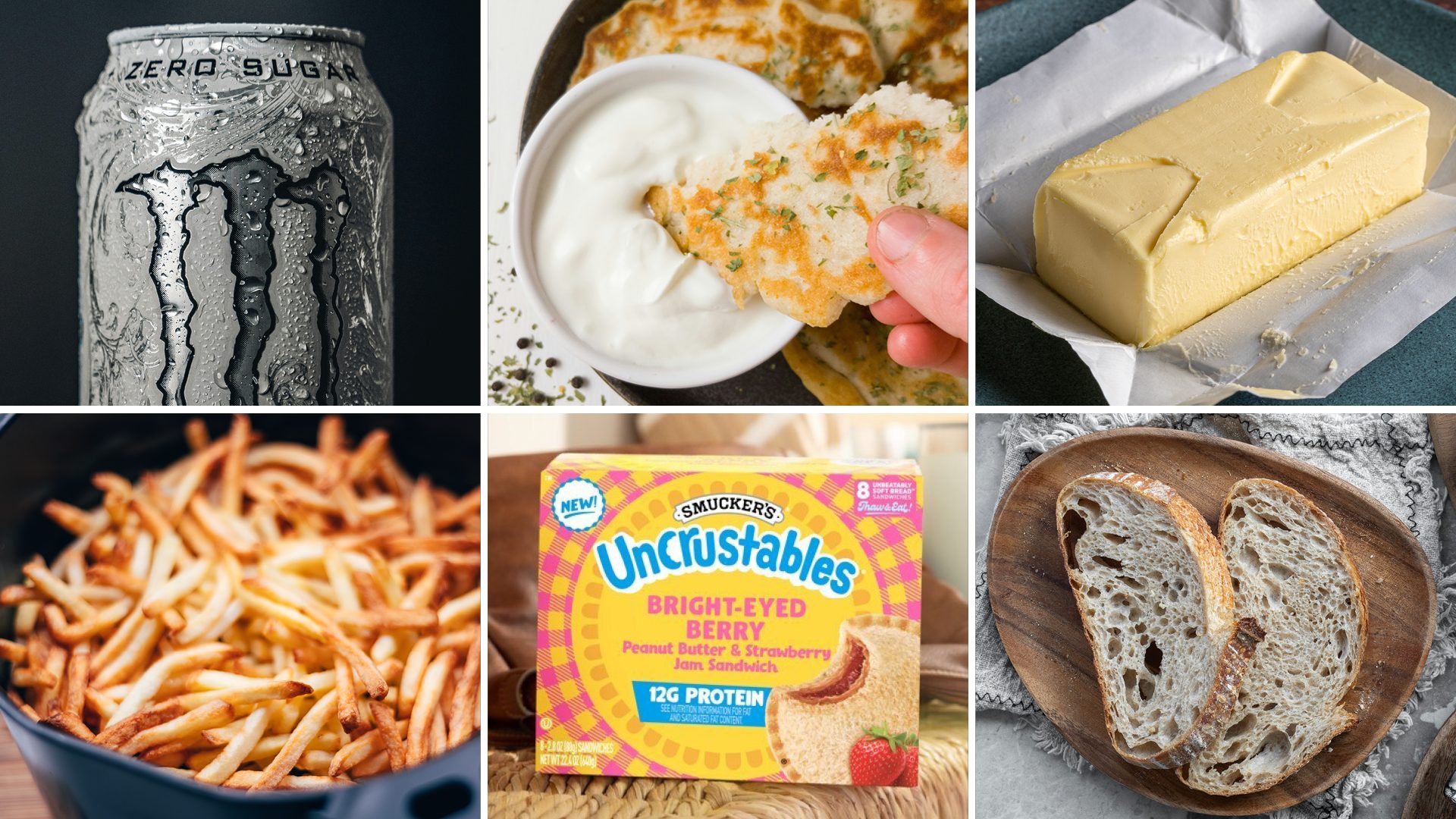The recent rise of Ozempic and other weight-loss drugs started with blowout results that drove shares of their manufacturers higher, then wound up cascading across seemingly disparate sectors.
In 2023, Novo Nordisk, the manufacturer of Ozempic and Wegovy (both branded versions of the compound semaglutide), gained $100 billion in market capitalization. Eli Lilly, developer of another diabetes drug Mounjaro, has added nearly $200 billion. Most other major drugmakers have seen their stocks decline this year, suggesting that such “GLP-1” products have created roughly $300 billion in equity value for the two companies.
For this trend, too, there have been losers. The most obvious would seem to be the purveyors of the sugary sweets that Ozempic users might swear off. Hershey stock has been on a straight line down since April, and closed recently at a 2-year low. (Editor’s note: weight-loss drugs’ potential impact on the F&B industry is the main topic of this month’s extensive Food Institute report, available to members soon; to join FI, click here.)
The apparent reach of GLP-1s has extended beyond candy. J.M. Smucker dropped 30% between mid-May and late November. Shares of General Mills and Kraft Foods followed a similar pattern, with both stocks falling over 25%.
Most of these names have rebounded sharply in recent weeks as the broad market has rallied. And so the simple interpretation here would be that investors indeed were worried about the effects of Ozempic on manufacturers not just of candy and snacks, but of processed foods more broadly. Only recently — after declines that are sizable in the context of a usually-defensive sector — did investors see these names as inexpensive enough to once again turn bullish.
‘Super Consumers’ Are Key
One big concern for the industry is the importance of so-called “super consumers”, who drive an outsized share of spend. For instance, consider this recent estimate:
9% of adults drive 34% of candy consumption. Assume that one-third of those adults successfully adopt Ozempic or another GLP-1, and that’s a roughly 10% hit to category sales.
Broadly speaking, there are similar risks to other kinds of ‘junk food’. Indeed, in a country where over 40% of adults are classified as obese, there’s potentially a limiting factor on total consumption of any kind of food.
At the same time, there are no doubt other catalysts at play in the sector’s weak performance. Food manufacturers in particular posted torrid performance in 2022. The five biggest packaged food players (General Mills, Kraft Heinz, Campbell, Kellogg, and Conagra) including dividends returned nearly 23% in 2022, while the Standard & Poor’s 500 lost 18%.
There was room for a reversal this year even without Ozempic, and that reversal has happened almost perfectly: a basket of the same five stocks is down almost 18% this year, while the S&P has gained 24%.
Some of that shift is coming from changing investor sentiment, and a move away from safe, defensive stocks toward faster-growing, if riskier, names. But another factor is that packaged food companies sailed through inflation in 2022, showing a clear ability to pass on higher prices (and often more) to customers. 2023 was a different story: profit margins came down, earnings often disappointed, and the overall environment is simply more difficult.
Can Companies Adapt to Ozempic?
Yes, Hershey stock has had a disastrous year — but Mondelez is actually up 6%. It’s hard to see how the maker of Oreos and Sour Patch Kids could sail through a downturn driven solely by worries about GLP-1s.
Of the major packaged food players, Kraft had the best 2023 (down just 4% including dividends as of late December). Is that because the company has less exposure to snacks and sweets (combined about 9% of sales last year) — or is it because Kraft has executed better in 2023 (Kraft raised its full-year earnings outlook after the third quarter release on November 1)?
Clearly, Ozempic has had an impact on investor perception of the industry. But the argument that food stocks struggled in 2023 because Ozempic is set to devastate sales across the industry is too simplistic.
An inflationary environment, the valuation of food stocks coming into 2023 (and at October/November lows) and, importantly, execution all have played a role. So, while Ozempic will be a challenge, it’s up to the individual companies to adapt. The good news, at least in the stock market, is that investors seem to believe that many of those companies will be able to do so.
Vince Martin is an analyst whose work has appeared on multiple financial industry websites for more than a decade. He’s the lead writer at Overlooked Alpha, which offers market-wide and single-stock analysis every week.
The Food Institute Podcast
The foodservice industry has had its fair share of twists and turns the past few years, but where is it headed in 2024? Lizzy Freier, Director, Menu Research & Insights at Technomic joins The Food Institute Podcast to talk restaurant traffic, international cuisines, LTOs and more.











